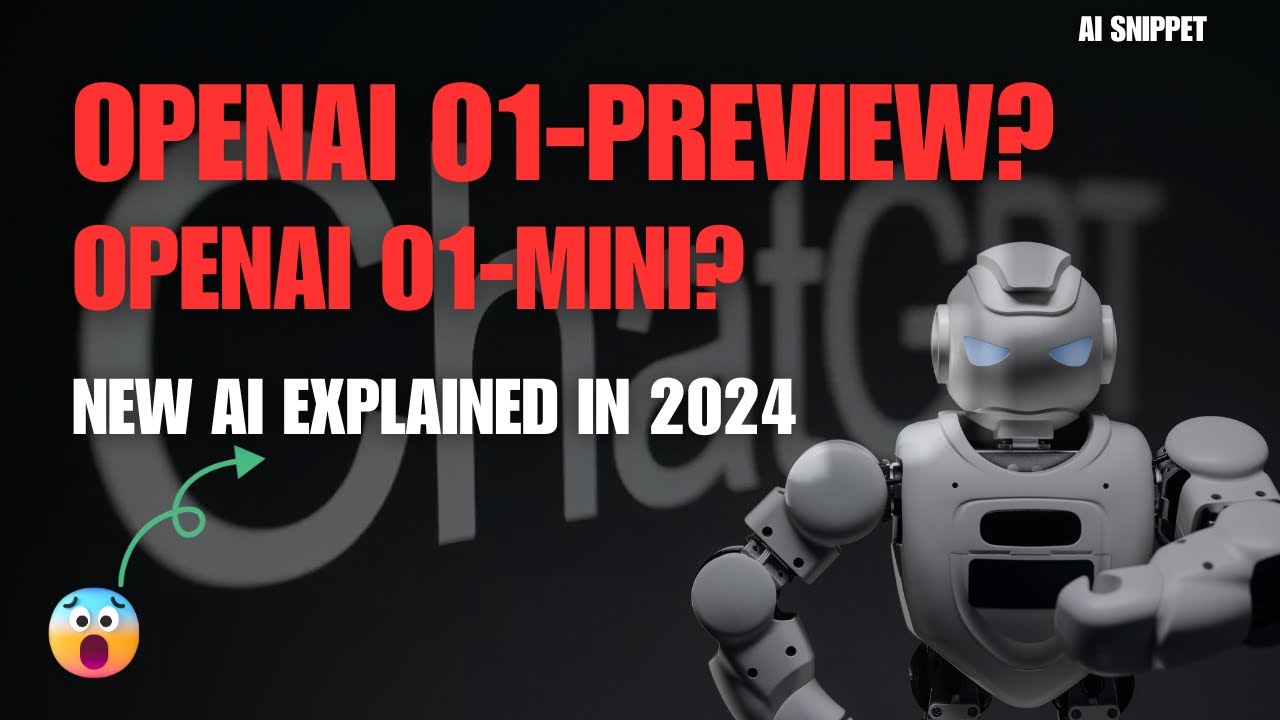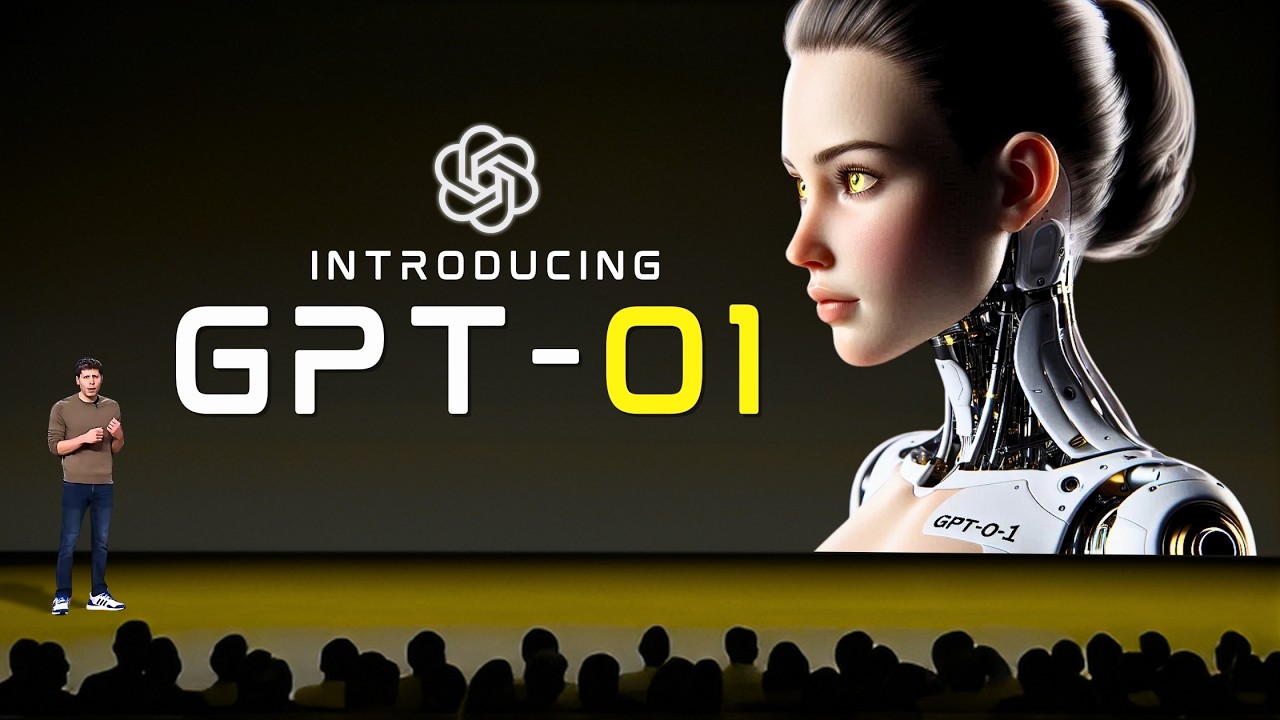Recently, OpenAI has unveiled its groundbreaking AI model, o1, which has taken the scientific community by storm. Designed to tackle complex reasoning tasks, this new addition to the OpenAI family not only impresses with its ability to dissect challenging problems into manageable components but also marks a significant leap forward in artificial intelligence. With remarkable capabilities in coding, math, and science, researchers marvel at how o1 effortlessly navigates intricate queries, surpassing even some human experts. Let’s delve into the reasons behind this extraordinary advancement.

The tech world is buzzing with excitement as OpenAI unveils its latest marvel, the AI O1. This revolutionary model is setting new standards in artificial intelligence, particularly in the realm of complex reasoning and problem-solving. Scientists and researchers are lauding it for its remarkable capabilities, which help tackle challenging tasks in areas like math, coding, and science. Let’s delve into the groundbreaking features that make O1 a game changer.
Table of contents
ToggleUnraveling Complex Problems with O1
One of the standout features of OpenAI’s O1 model is its ability to break down difficult problems into manageable parts. This approach mimics human reasoning, allowing the AI to navigate through complex issues more efficiently. By deconstructing tasks, O1 not only finds solutions but also enhances the overall analytical process, proving to be a valuable tool for scientists and developers alike.
A Leap Forward in Reasoning Tasks
OpenAI’s AI O1 has been engineered to tackle multi-step reasoning tasks with unparalleled precision. Researchers are particularly impressed by how the model excels in domains that require advanced logical sequencing. With O1, users can expect a significant improvement in the accuracy of outcomes in competitive programming challenges and scientific benchmarks, even surpassing PhD-level accuracy in some instances.
Efficient Problem Solving Across Disciplines
This new model doesn’t just shine in coding and math; O1’s versatility extends to various fields. Whether it’s conducting brainstorming sessions or performing rigorous comparative analyses, O1 sets a new benchmark for AI capabilities. Its capacity to adapt and learn through real-world applications positions it as a frontrunner in AI innovation.
A Human-like Thinking Process
What truly differentiates the O1 model from its predecessors is its method of « thinking » before responding. OpenAI has focused on refining the way the model processes information, allowing it to analyze situations like a human. This improvement ensures that the AI provides more thoughtful and contextually appropriate answers, resulting in a more engaging interaction for users.
OpenAI’s Commitment to Advancement
The launch of the O1 model signifies OpenAI’s unwavering commitment to pushing the boundaries of artificial intelligence research and development. With each iteration, they aim to create systems that not only enhance computational performance but also align closely with human cognitive processes. This dedication positions OpenAI as a leader in the AI landscape, setting the stage for future advancements.
What This Means for the Future
The advent of O1 represents a monumental shift in how we perceive and interact with AI. Scientists are enthusiastic about the potential applications of this technology. From aiding researchers to offering solutions for everyday problems, the implications of O1 are vast and far-reaching. As O1 continues to evolve, scientists are keen to explore how it will reshape various industries and enhance our problem-solving capabilities.

A coherent view on "what o1 is"
— Nathan Lambert (@natolambert) September 16, 2024
* How it is just one model,
* Adding the RL to Q*,
* The path to building open-source o1.
Process reward models, new language model generation techniques, o1 vs o1 preview, RL nerdyness, and lots more great stuff. https://t.co/luJbwVoQSW pic.twitter.com/oYt3TdHegu














